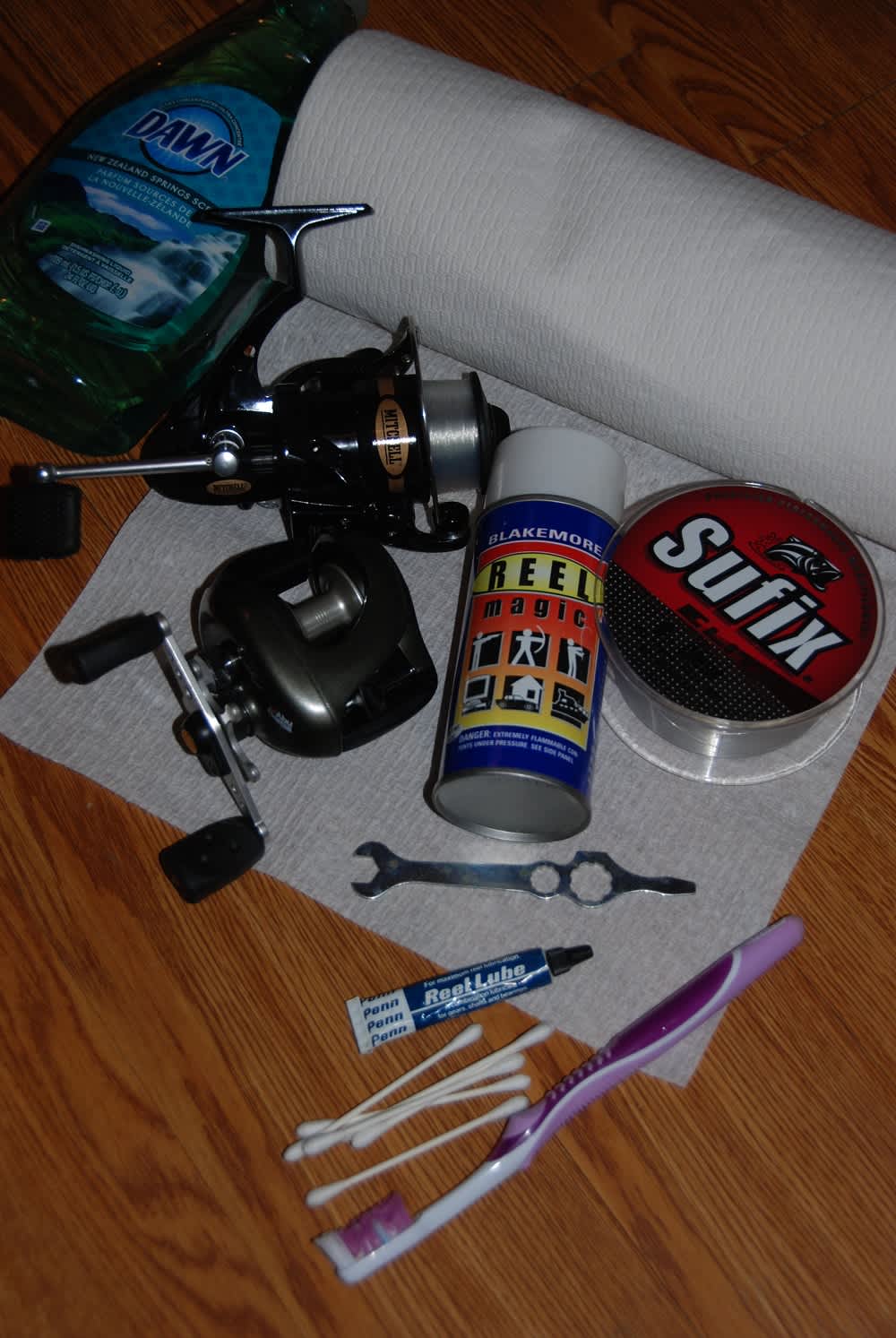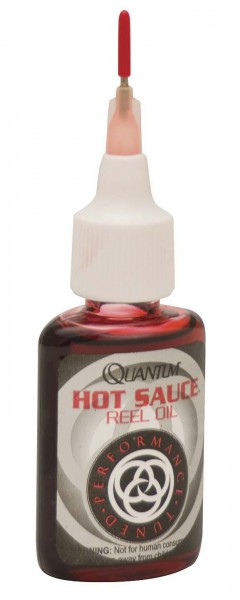Advice for Anglers: Maintaining Through February
Dan Armitage 02.05.14

February is downtime for many anglers across much of North America, with the exception of those hearty souls pursuing action through the ice. Even those fair-weather fishermen south of the Mason-Dixon Line who prefer to chase fish when weather conditions are more favorable may find themselves “weathered in” and off the water this time of year. And up north, March means the start of open water action—so now’s the time to tend to your tackle.
That makes the second month of the year the most important one for performing tackle maintenance. And because they are the most vulnerable to breakdown, the first items you want to maintain are your fishing reels. Most reels come from the factory with a tube of grease or oil and a special wrench with the fittings cut to match the nuts and bolts and screws you’ll find on the reel. If you’re lucky, yours also came with a sheet explaining routine maintenance procedures as well as showing how to break down the reel for more in-depth work. If you keep tackle as long as I do, those items are long gone and you’ll have to improvise with small tools and a basic understanding of what needs to be done to keep the reel working through the next season or three.
Begin the process by removing the line, which will force you to spool on fresh mono or braid, something most of us put off too long, after the cleaning job is completed. Next, clean the outside of the reel using warm water and mild dish soap. For stubborn crud you can use products such as Arm & Hammer Scrub Free or common toothpaste, which contains a mild abrasive, applied with an old toothbrush. Tight places may require cotton swabs dunked in the cleaning solution to remove the nasty stuff. Just be careful not to us cotton balls or swabs when cleaning the worm gears of level-wind reels, as the fibers can break free and get tangled in the gear systems and cause problems.
You want to stay away from solvents such as mineral spirits unless you need them for stubborn oil-based clogs. Never soak your reel in spirits of any nature, for the chemicals can damage some composites such as graphite found in drag washers.
Once the reel is clean, pat it dry with paper towels. Next, it’s time to lubricate the reel’s moving parts. This is where I tend to go overboard and apply way too much oil or grease or whatever it is I’m using for lube. There are areas—drag washers come to mind—where you absolutely do not want any oil or grease to reach. Excess oil anywhere attracts and holds dirt, making matters worse.

Shy of the reel’s repair or maintenance manual available, learning where to lubricate is simply a matter of working the reel and watching where there are moving parts. Any place where parts move should get a dab of lubricant where surfaces meet. Excess lubricant should be wiped off.
There are plenty of lubricants available that are specifically made for fishing reels. Use the lube that came with the reel or purchase reel oil and grease made for the job. I like Zebco’s Hot Sauce (about $10) because it is red in color so I can see how much and where I am putting it—even when I am applying the thick lube with a toothpick to reach a small area. I like Penn’s reel oil for no other reason than I have used it for years and never had a problem with it. Penn and Abu Garcia both make great oil and grease lubricants for their (and other brands’) reels.
Depending on how much use it receives, every few seasons it pays to open up your reel and lubricate the interior gears. Some interior parts require oil and others grease, and your manual will tell you which. The reel’s main shaft or axle, for example, should only be oiled, with products made for lubricating reels or oils made for use with machinery such as 3-in-1 oil. Many anglers opt for oil on all interior moving parts because some grease will bind up in cold weather.
The rule is the same inside and out: if it moves, it gets a dab of lube or a drop of oil. I use Hot Sauce for grease jobs inside and out, as I may use the same reel on a frigid day in March that I will use on a 90-degree day next August and I’ve never had a problem with the Zebco lube.
The last thing you should do—and this goes for the end of each fishing trip—is to loosen the drag on your reels. The washers that offer the measured release of line under a set amount of pressure can bind if left tightened for extended periods. And that can leave you in a bind as well, if that fish you just lost to an erratic drag was supposed to serve as supper.

